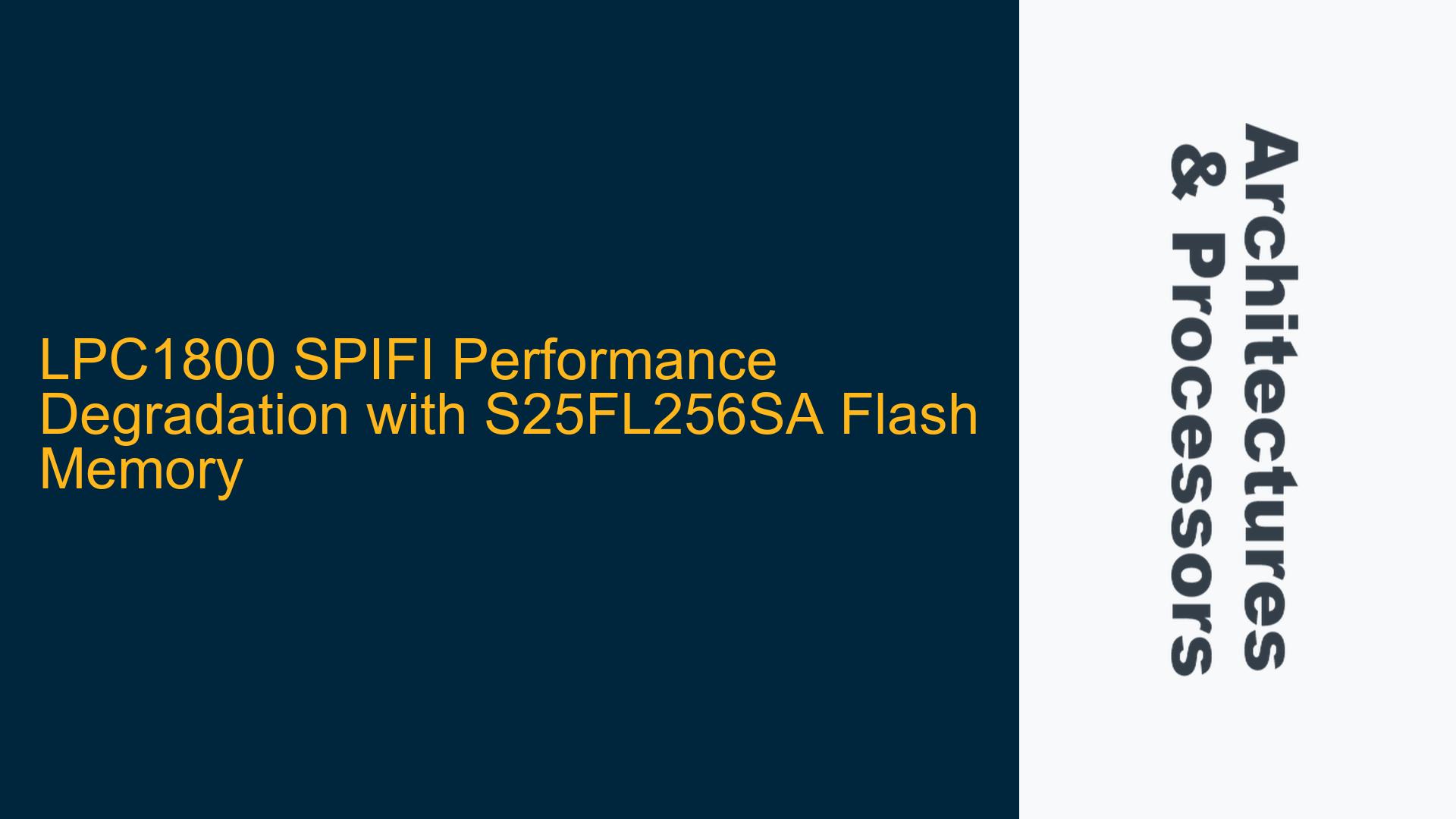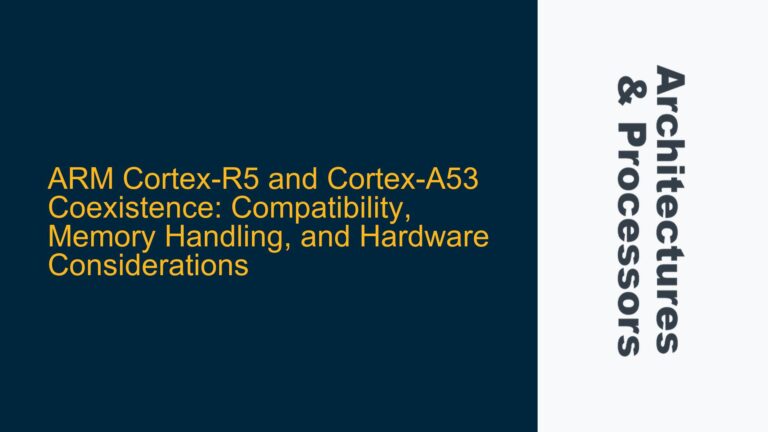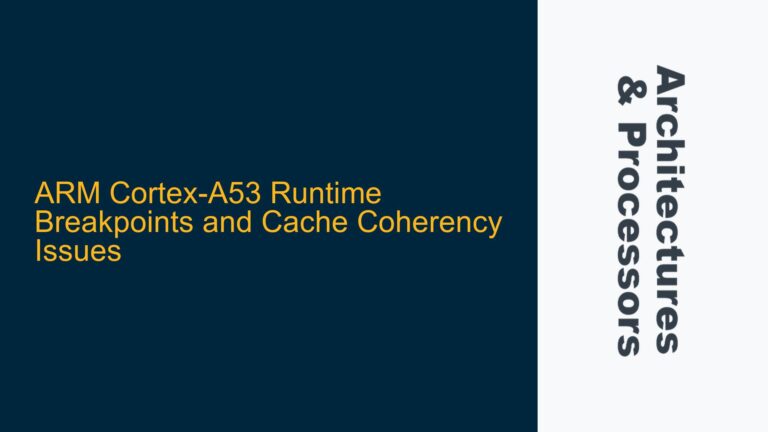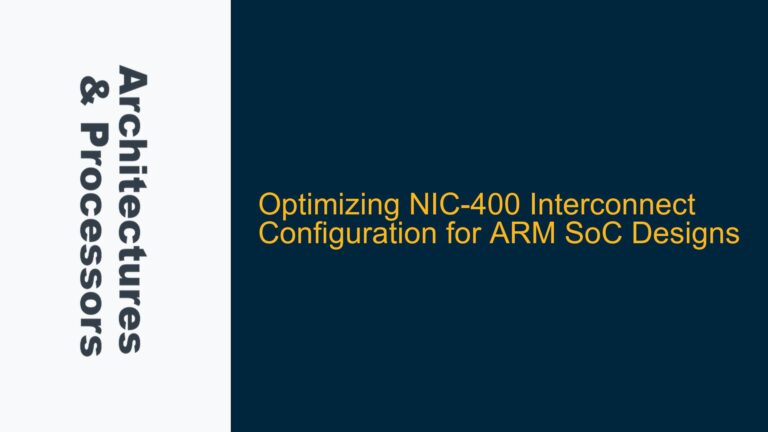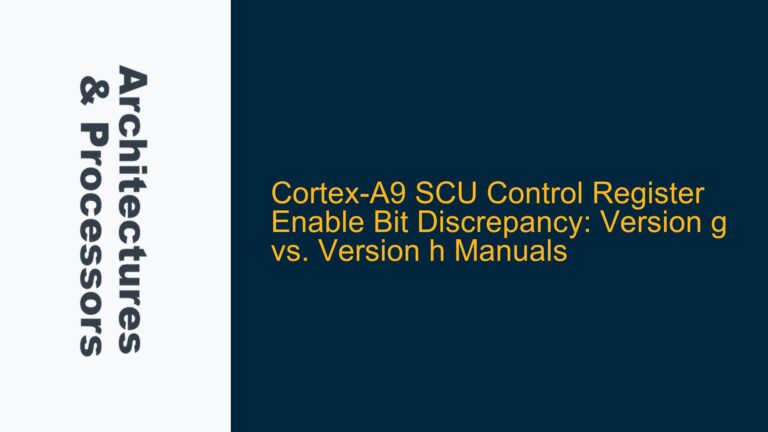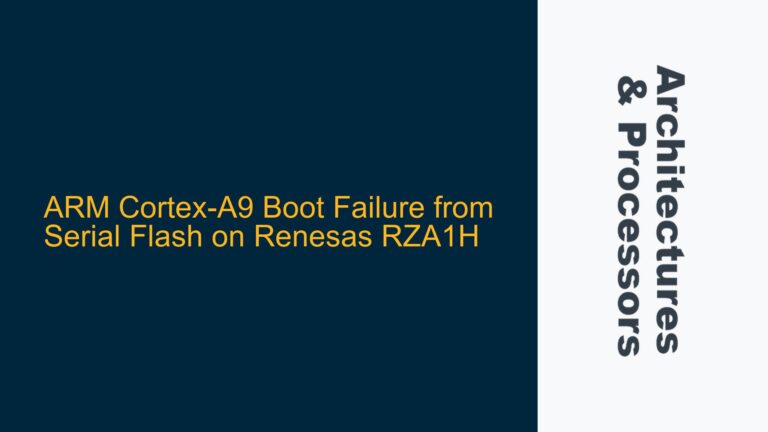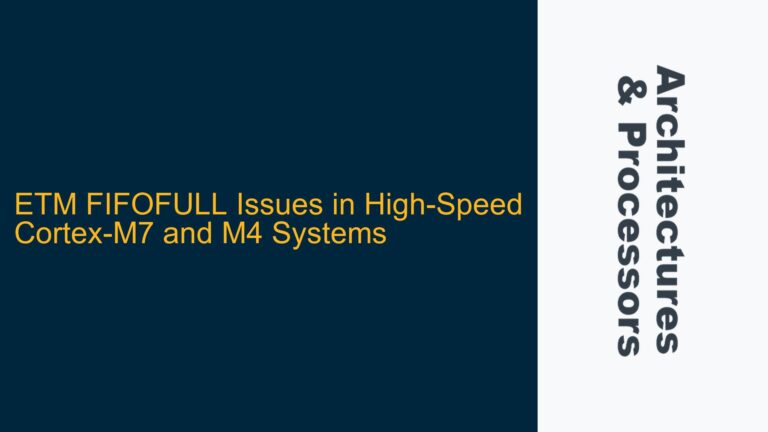LPC1800 SPIFI Interface and S25FL256SA Flash Memory Performance Issues
The LPC1800 microcontroller, when interfaced with the S25FL256SA flash memory via the SPIFI (Serial Peripheral Interface Flash Interface), exhibits significant performance degradation compared to its operation with the older S25FL064P flash memory. The primary issue is the reduction in code execution speed when using the S25FL256SA flash memory. This degradation is primarily due to the default communication mode of the S25FL256SA, which operates in dual I/O or single I/O mode instead of the quad I/O mode that the S25FL064P supports. The quad I/O mode allows for faster data transfer rates by utilizing all four data lines (IO0, IO1, IO2, and IO3) simultaneously, whereas the dual I/O mode only uses two data lines (IO0 and IO1).
The LPC1800 SPIFI interface is designed to work in memory mode, which allows the microcontroller to execute code directly from the external flash memory. However, the S25FL256SA flash memory requires a configuration change to enable quad I/O mode, which is not straightforward due to the constraints of the SPIFI memory mode. Specifically, the SPIFI memory mode must be terminated to send configuration commands to the flash memory, but this termination halts code execution from the flash, creating a catch-22 situation.
SPIFI Memory Mode Constraints and Quad I/O Mode Configuration Challenges
The core of the problem lies in the interaction between the LPC1800 SPIFI memory mode and the configuration requirements of the S25FL256SA flash memory. The SPIFI memory mode is a high-performance mode that allows the LPC1800 to execute code directly from the external flash memory. In this mode, the SPIFI interface is optimized for read operations, and the microcontroller can access the flash memory as if it were internal memory. However, this mode does not allow for direct configuration of the flash memory, as it assumes that the flash is already configured for optimal performance.
The S25FL256SA flash memory, on the other hand, defaults to dual I/O or single I/O mode, which limits the data transfer rate. To enable quad I/O mode, a specific configuration command must be sent to the flash memory. This command must be sent while the SPIFI interface is in command mode, not memory mode. However, transitioning from memory mode to command mode requires aborting the memory mode, which halts code execution from the flash memory. This creates a situation where the code that needs to configure the flash memory cannot be executed because the flash memory is not yet configured for optimal performance.
The SPIFI interface provides a status register with a bit called ‘MCINIT’ that indicates whether the interface is in memory mode. To transition to command mode, the ‘RESET’ bit in the SPIFI status register must be set to 1. However, setting this bit aborts the memory mode, and the microcontroller can no longer execute code from the flash memory. This means that any code intended to configure the flash memory must be executed from a different memory source, such as internal RAM or another flash memory.
Configuring SPIFI Registers and Enabling Quad I/O Mode in S25FL256SA
To resolve the performance degradation issue, the S25FL256SA flash memory must be configured to operate in quad I/O mode. This requires a specific sequence of steps to transition the SPIFI interface from memory mode to command mode, send the configuration command to the flash memory, and then return to memory mode. The following steps outline the process:
-
Transition from Memory Mode to Command Mode: The first step is to abort the SPIFI memory mode by setting the ‘RESET’ bit in the SPIFI status register to 1. This will halt code execution from the external flash memory. At this point, the microcontroller must execute code from an alternative memory source, such as internal RAM or another flash memory.
-
Configure SPIFI Command Register: Once the SPIFI interface is in command mode, the configuration command for the S25FL256SA flash memory must be written to the SPIFI command register. This command will enable quad I/O mode in the flash memory. The exact command sequence depends on the specific requirements of the S25FL256SA flash memory, as outlined in its datasheet.
-
Return to Memory Mode: After the configuration command has been sent, the SPIFI interface must be returned to memory mode. This involves clearing the ‘RESET’ bit in the SPIFI status register and reinitializing the memory mode. Once the memory mode is reinitialized, the microcontroller can resume code execution from the external flash memory, now operating in quad I/O mode.
-
Verify Quad I/O Mode: After reinitializing the memory mode, it is important to verify that the S25FL256SA flash memory is indeed operating in quad I/O mode. This can be done by checking the data lines (IO0, IO1, IO2, and IO3) to ensure that data is being transferred on all four lines. Additionally, the performance of the system should be measured to confirm that the code execution speed has improved.
Detailed SPIFI Register Configuration Sequence
The following table outlines the detailed sequence of steps for configuring the SPIFI registers and enabling quad I/O mode in the S25FL256SA flash memory:
| Step | Action | Register | Value | Description |
|---|---|---|---|---|
| 1 | Abort Memory Mode | SPIFI_STAT | RESET = 1 | Abort SPIFI memory mode to transition to command mode. |
| 2 | Execute Code from Alternative Memory | – | – | Execute configuration code from internal RAM or another flash memory. |
| 3 | Write Configuration Command | SPIFI_CMD | Command Sequence | Write the quad I/O mode configuration command to the SPIFI command register. |
| 4 | Reinitialize Memory Mode | SPIFI_STAT | RESET = 0 | Clear the ‘RESET’ bit to reinitialize SPIFI memory mode. |
| 5 | Verify Quad I/O Mode | – | – | Check data lines and measure performance to confirm quad I/O mode is enabled. |
Considerations for Code Execution from Alternative Memory
When transitioning from memory mode to command mode, it is crucial to ensure that the code responsible for configuring the SPIFI registers and sending the configuration command to the flash memory is executed from an alternative memory source. This is because the external flash memory is temporarily inaccessible during this transition. The following considerations should be taken into account:
-
Internal RAM: The most straightforward option is to execute the configuration code from internal RAM. This ensures that the code can be executed without any dependencies on the external flash memory. However, the amount of internal RAM available may be limited, so the configuration code should be as compact as possible.
-
Alternative Flash Memory: If the system has another flash memory available, the configuration code can be stored and executed from this memory. This option is useful if the internal RAM is insufficient or if the configuration code is too large to fit in RAM.
-
Bootloader: In some cases, the system bootloader can be used to execute the configuration code. The bootloader typically resides in a separate memory region and can be used to perform initial configuration tasks before handing control over to the main application.
Performance Optimization and Timing Considerations
Once the S25FL256SA flash memory is configured to operate in quad I/O mode, the performance of the system should improve significantly. However, there are additional considerations to ensure optimal performance:
-
SPIFI Clock Speed: The SPIFI clock speed should be set to the maximum allowable frequency supported by both the LPC1800 microcontroller and the S25FL256SA flash memory. Increasing the SPIFI clock speed can further improve data transfer rates and code execution speed.
-
Timing Delays: The configuration process may introduce timing delays, especially when transitioning between memory mode and command mode. These delays should be minimized to reduce the impact on system performance. Careful timing analysis should be performed to ensure that the configuration process does not introduce unnecessary delays.
-
Power Consumption: Operating the SPIFI interface at higher clock speeds may increase power consumption. This should be taken into account, especially in power-sensitive applications. The system should be tested to ensure that the increased power consumption is within acceptable limits.
Conclusion
The performance degradation observed when using the S25FL256SA flash memory with the LPC1800 microcontroller is primarily due to the default dual I/O or single I/O mode of the flash memory. By configuring the flash memory to operate in quad I/O mode, the data transfer rate can be significantly improved, leading to faster code execution. However, this configuration requires careful handling of the SPIFI interface, including transitioning between memory mode and command mode, and executing the configuration code from an alternative memory source. By following the detailed steps outlined in this guide, the performance of the system can be optimized, ensuring that the LPC1800 microcontroller can fully leverage the capabilities of the S25FL256SA flash memory.
